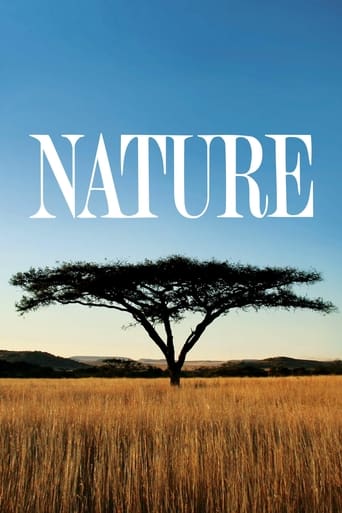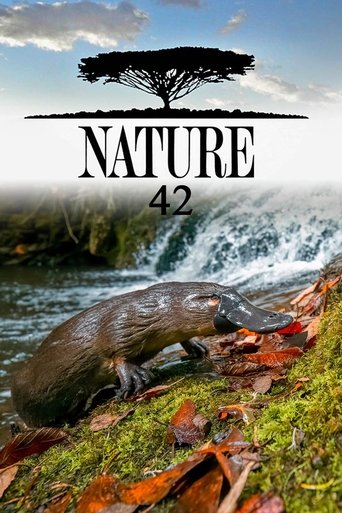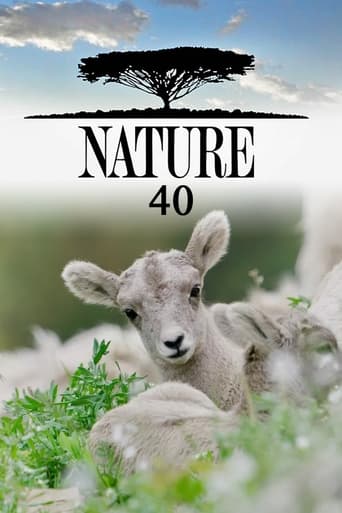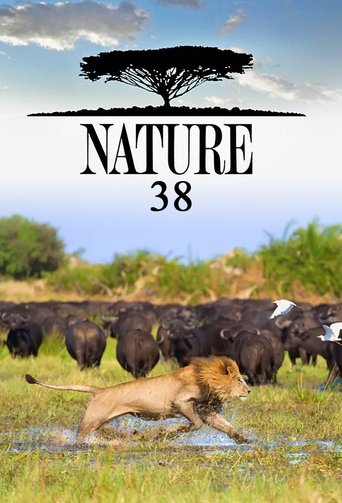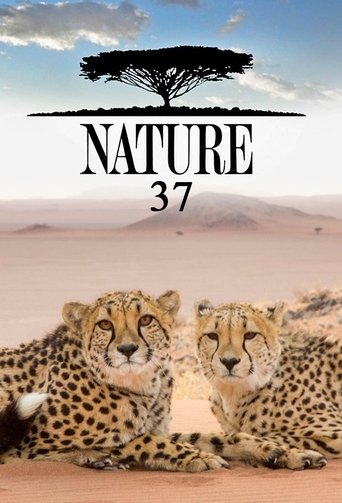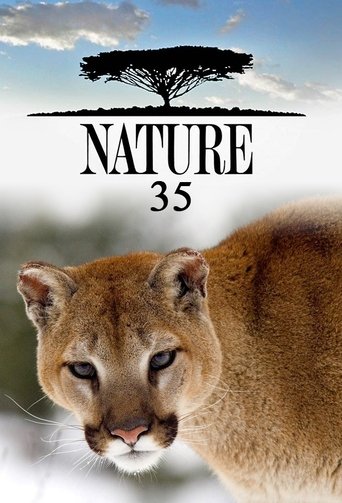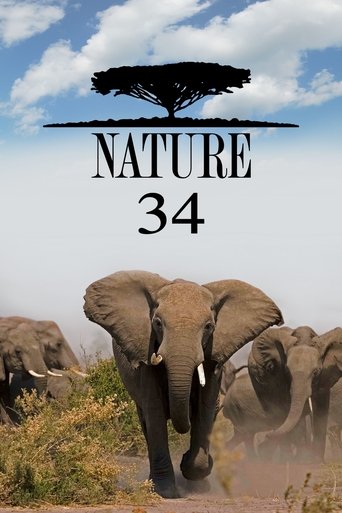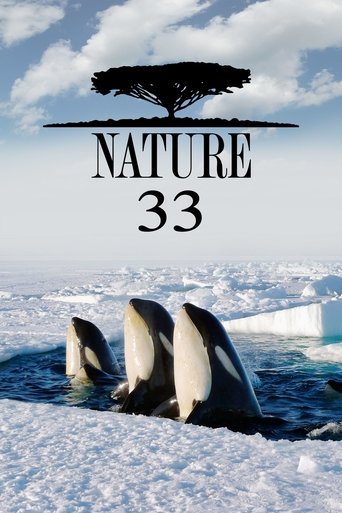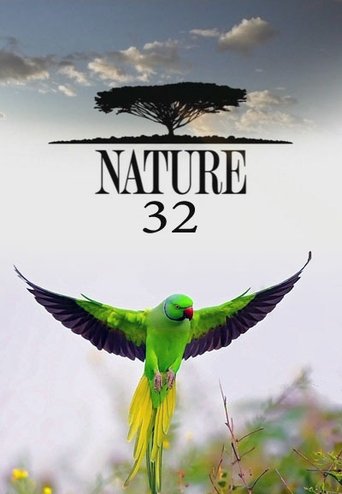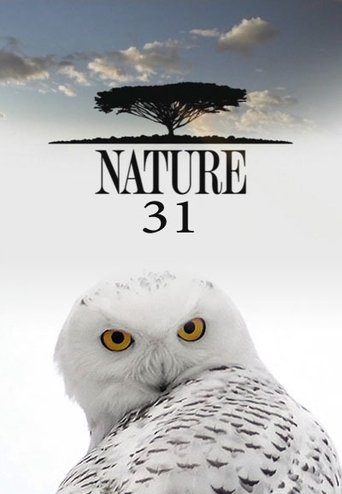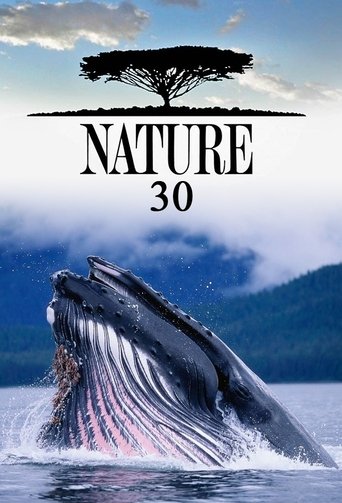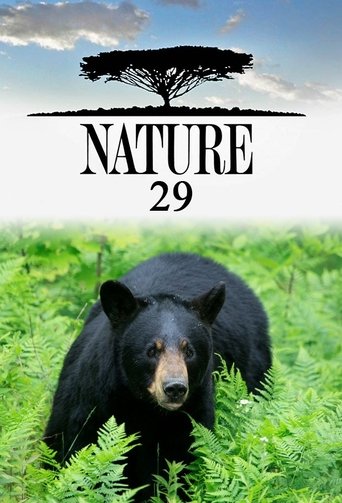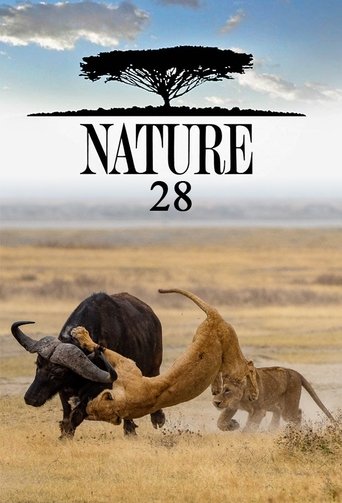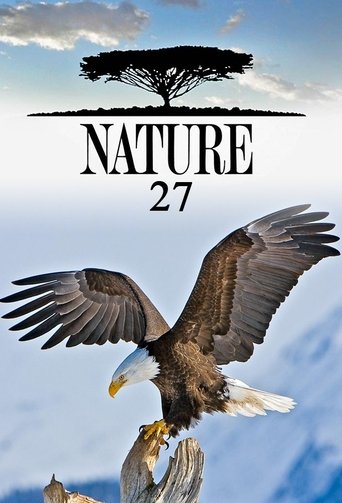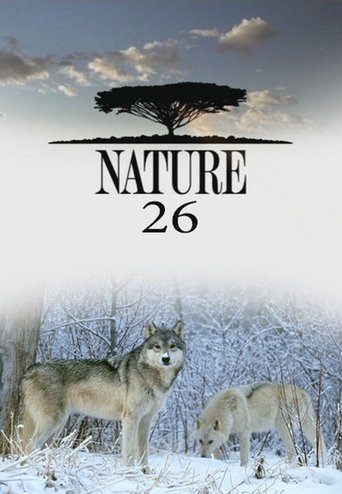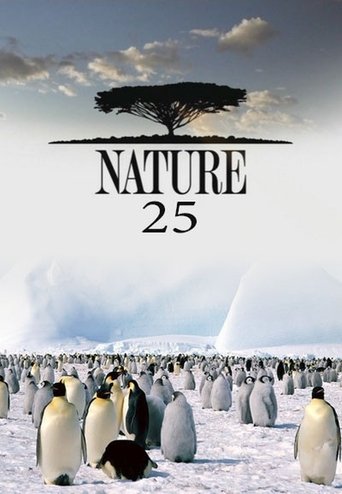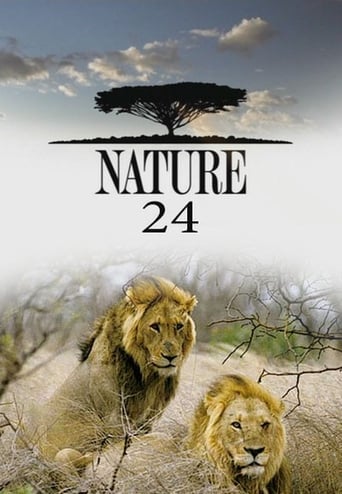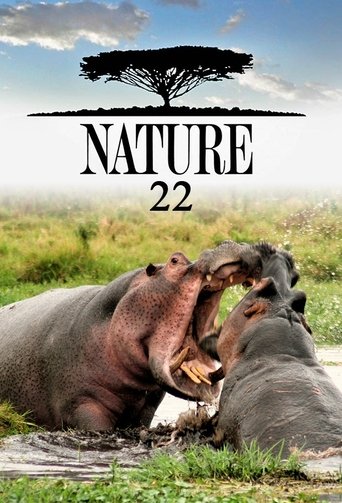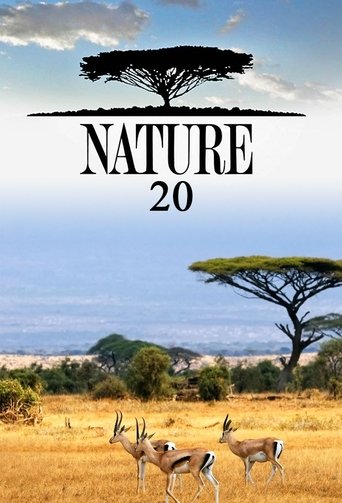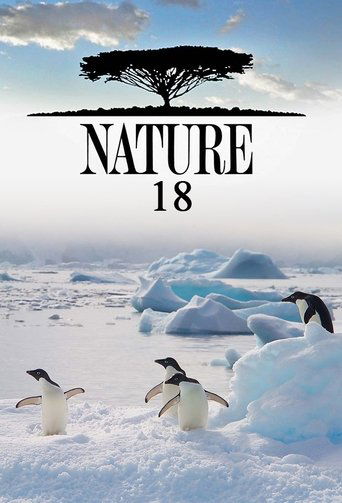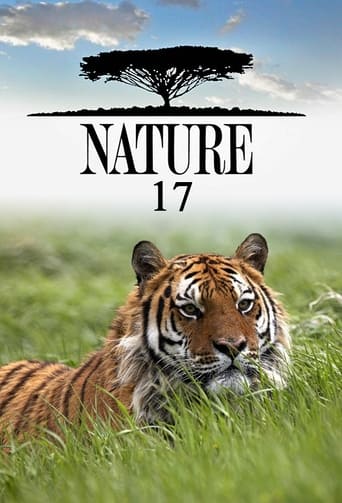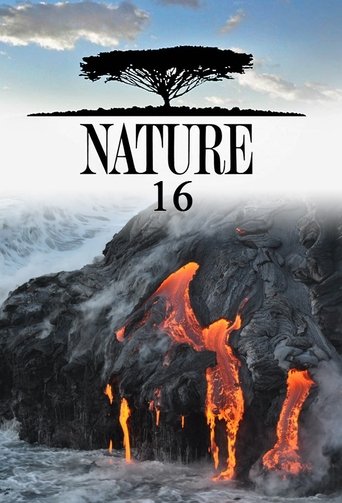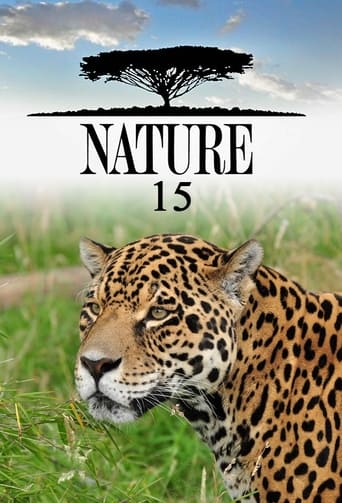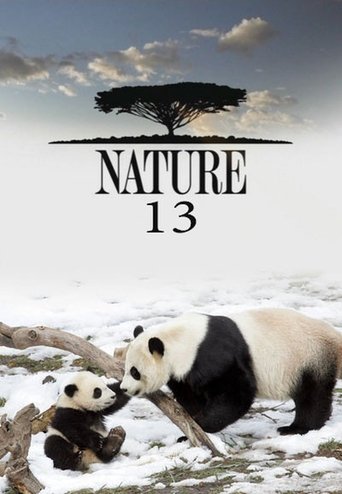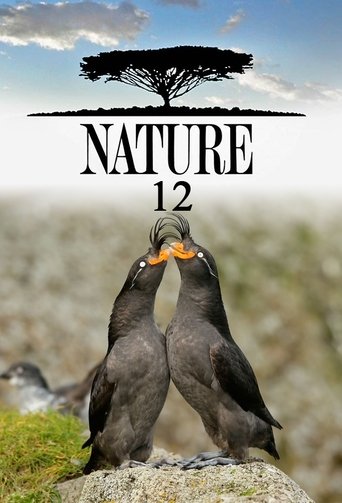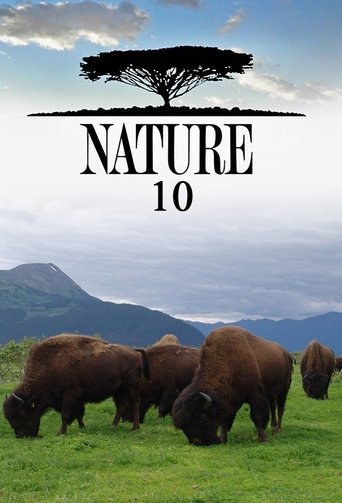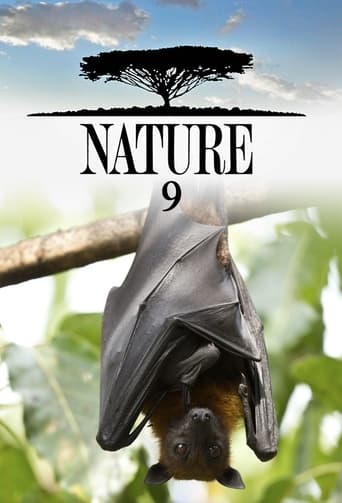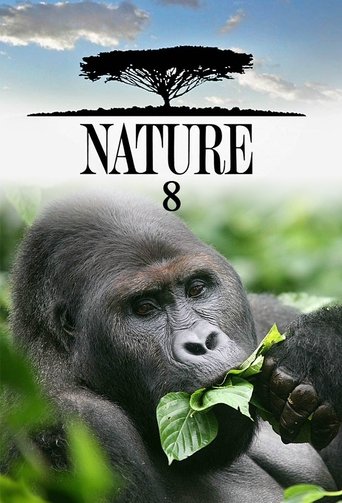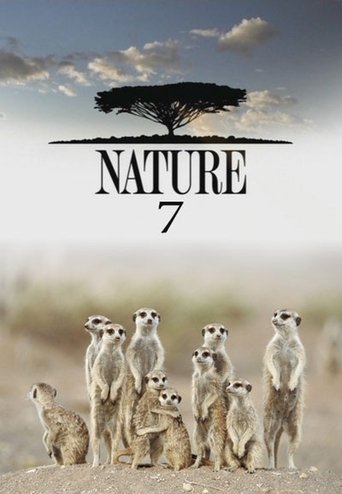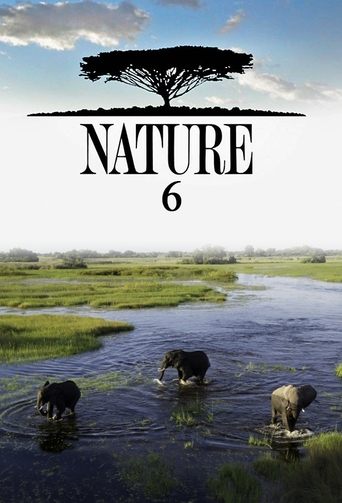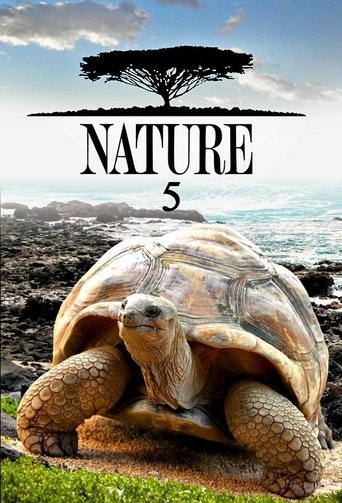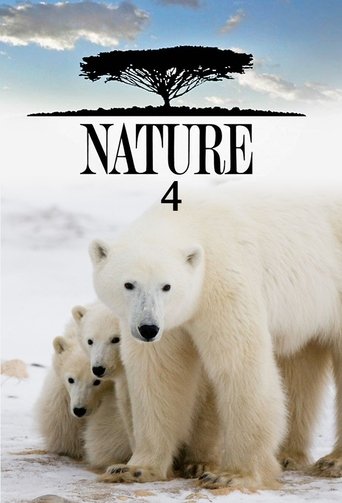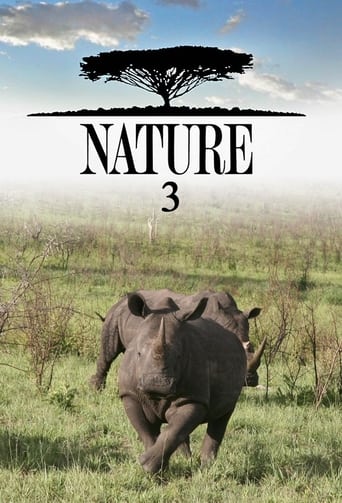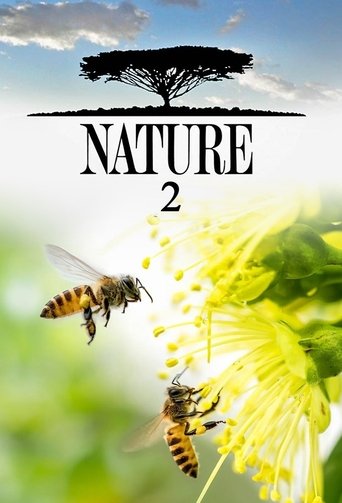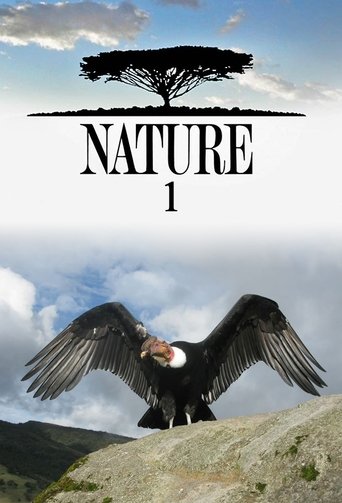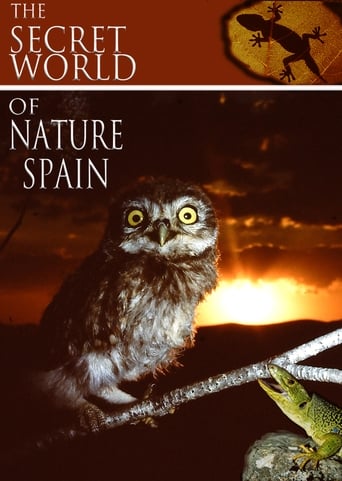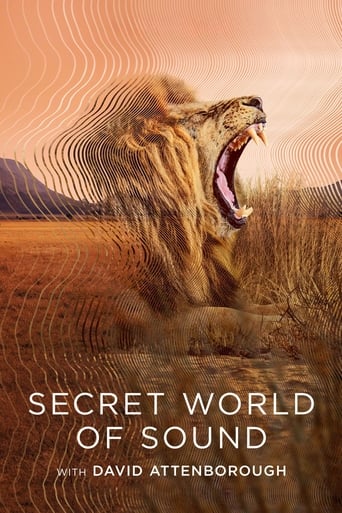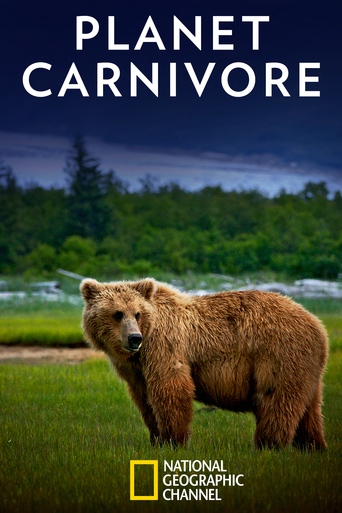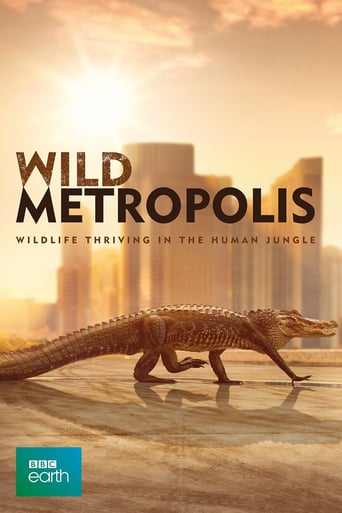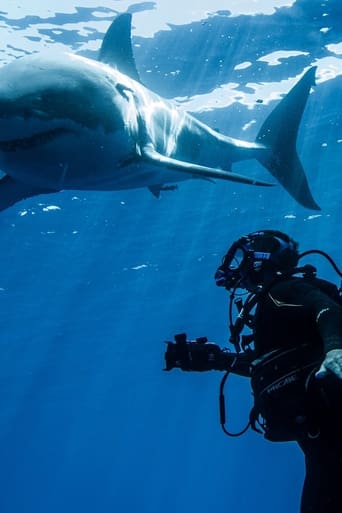Nature Season 6
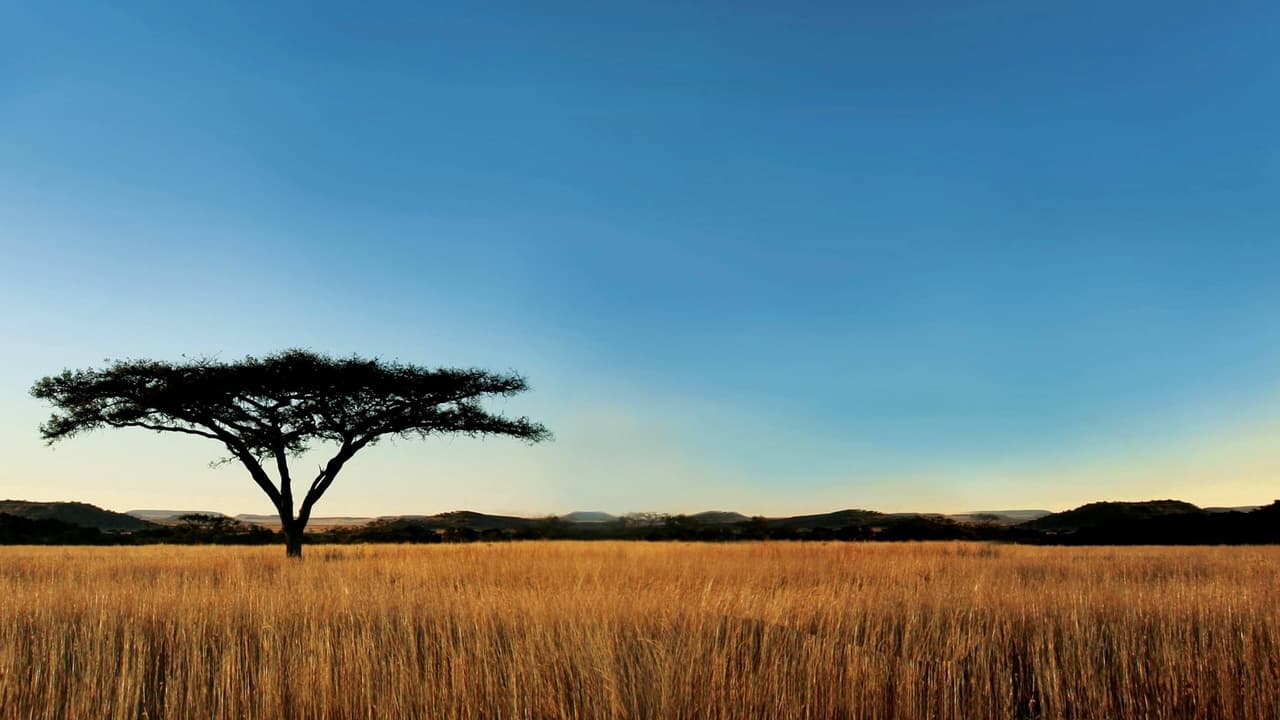
Consistently stunning documentaries transport viewers to far-flung locations ranging from the torrid African plains to the chilly splendours of icy Antarctica. The show's primary focus is on animals and ecosystems around the world. A comic book based on the show, meant to be used an as educational tool for kids, was briefly distributed to museums and schools at no cost in the mid-2000s.
Watch NowWith 30 Day Free Trial!
Nature
1982 / TV-G

Consistently stunning documentaries transport viewers to far-flung locations ranging from the torrid African plains to the chilly splendours of icy Antarctica. The show's primary focus is on animals and ecosystems around the world. A comic book based on the show, meant to be used an as educational tool for kids, was briefly distributed to museums and schools at no cost in the mid-2000s.
Watch Trailer
With 30 Day Free Trial!
Nature Season 6 Full Episode Guide
An exploration of the coral reefs of the Malay Triangle made up of the Philippines, Malaysia and New Guinea.
A growing African population threatens elephant survival by farming its foraging land and hunting the beast for ivory.
Naturalist Tom Williams studies England's Avon River and the fish and fowl it supports.
Ranchers and scientists practice conservationism in Venezuelan and Colombian grasslands to protect native animals.
After two years in the Pacific, the sockeye salmon battles rapids returning to its birthplace to spawn.
The Asian elephant is shown to be a creature of both great strength and intelligence.
People of Botswana must balance wildlife protection with preservation of their precious water source.
Creatures of the air, trees and water brave the five-month floods through the Okavango delta. Part 2 of "Okavango: Jewel of the Kalahari," observes African skimmers, lily trotters, baboons, dwarf mouth-breeders, tiger fish and catfishlike squeakers.
The first of a three-part survey of "Okavango: Jewel of the Kalahari" describes how earthquakes diverted the Okavango River into Botswana's Kalahari Desert. Observed: elephants, zebras, buffaloes, vultures, ostriches, bush babies and bat-eared foxes.
A Hawaiian island evolves from underwater volcano to snow-capped mountain and finally to coral atoll.
Close-up film captures birds in-flight; tiny hummingbirds draw nectar while hovering above flowers.
U.S. scientist Dan Janzen uses innovative conservation plans to create a national park amid a tropical forest.
Unusual wildlife inhabitants, beautiful terrain and natural wonders grace the Pacific islands comprising New Zealand.
International endeavors to protect the endangered Indian tiger are highlighted by scenes of a mother raising her cubs in the wild.
Scientists Katia and Maurice Krafft seek to uncover the mystery of volcanoes by studying them on location as they erupt.
The hammerhead stork, believed by East African tribesmen to have the power to call lightning from the sky.
The tremendous difference in animal lifestyle and in landscape during East Africa's dry season and its wet season.
The process of wildlife filmmaking as chronicled by a crew during their three-year study of the Galapagos Islands.
The lemur, an agile nocturnal primate of Madagascar, so-named because of its secretive habits and haunting cries.
Attempts to protect the unique animals and plants of Brazil threatened by development of the Amazon jungle.
Wildlife flourishes in Nevada's desert landscape because of one narrow river covering less than 1% of the land.
Free Trial Channels
Seasons


